HSBC pan-Asia equity strategist Garry Evans says a market rally isn’t likely until after the next elections.
HSBC pan-Asia equity strategist Garry Evans says a market rally isn’t likely until after the next elections. Excerpts from an interaction with DNA Money’s Venkatesan Vembu in Hong Kong on Wednesday:
Has the sharp market correction in Indian equities made valuations attractive?
I don’t think Indian equities are still cheap. Sure, the market’s price-to-earnings ratio is now 13.5 or 14, down from a peak of 21x. But the problem with the price-earnings is that the earnings look unrealistically high, and in India, it looks particularly optimistic. If earnings forecasts get cut by another 10-20%, the P/E would go up to 14.5x.
What I would instead tend to rely on is price-to-book. The India market is
still trading at a P/B of 3.2. Typically, in a bear market, the Indian market has bottomed at about 2 times P/B. We’re still a long way above that.
How do you see Indian banks, which are available at slightly less than book value?
I haven’t looked specifically at the banking sector, but then banking sectors typically quote at low P/B because there’s the risk from non-performing loans. Typically, in an environment where you’ve got falling loan growth, falling growth rates, interest rates going up and increasing NPA risk, it’s not a good environment for the financial sector. So, I wouldn’t be brave at the moment and buy Indian banks.
Does the new political realignment bode well for the reform process? Is that a buy signal?
In the short term, it may well be. We had a little bit of a rally after the confidence vote was won, although we’ve already lost a bit of that. Some of the simple reform measures that were held back previously could well be brought back, so that’s a little bit of a positive. But we still have an election hanging over us. If we to assume the Congress will not win the election, what emerges is crucial: If it’s the BJP, it’s fine but if it’s a coalition involving the Left parties or Mayawati, it would be worrying for the markets.
What are the cues that would drive you back to the market?
Four things: First, when we can say that inflation has peaked; second, when valuations are down to previous trough levels; third, when interest rates have probably done their job, and I think there’s another 50 bps to go; and fourth and most important, the elections. I think we can’t really expect a proper rally in the market until the elections.
HSBC’s senior Asia economist Frederic Neumann believes the country seems fairly immune to a global slowdown. Excerpts:
What do the RBI’s moves on Tuesday do to the fight against inflation?
What’s important is that the central bank has sent a strong message that it’s on top of the fight against inflation. Among the regional central banks, the RBI appears relatively aggressive; others haven’t moved quite as vigorously. The Indian economy is sensitive to interest rate changes. We expect the economy to slow over the next 12 to 24 months, which will address inflationary pressures. I think it’s quite a significant move.
Are you scaling back growth projections?
For 2009-10, we expect 7.5% growth, marginally down from 7.8% this fiscal.
Is India’s macroeconomic policy management seriously flawed? S&P’s recently flagged the risk of a downgrade of India’s sovereign rating...
I wouldn’t characterise it as completely out of control. I think India has a very large budget deficit, and that’s always been the Achilles’ Heel of its economy. One concern that we share with other financial analysts is that in an election year, there’s always pressure on the government to spend more...
What’s your outlook on the Indian rupee?
India runs a current account deficit and that’s had some people speculating that the rupee is perhaps overvalued. We don’t necessarily think that’s the case... We don’t necessarily foresee any rapid weakness in the rupee. If anything — and this is to the benefit of India and perhaps the rupee over the next years — India seems to be fairly immune in the face of a global slowdown. It’s got the least growth correlation to any of the large economies. It’s not export-dependent, and its exports don’t go necessarily to the US and the EU. The margins they do aren’t really big enough to push the Indian economy into recession, and this should benefit the currency over the medium term.
Given India’s immunity to a global slowdown, what underlies the turnaround in its growth prospects?
India’s problems are largely home-made. The Indian economy is slowing down not because of the global slowdown; it’s in part home-made. The idea that India’s economy is not sensitive to global developments still holds true, but it doesn’t mean it doesn’t have its own cycles — driven by home-madae inflation, lack of investment and lack of reforms.
venky@dnaindia.net
![submenu-img]() Meet IIT-JEE topper with AIR 1, son of government school teachers, he went on to pursue...
Meet IIT-JEE topper with AIR 1, son of government school teachers, he went on to pursue...![submenu-img]() Salman Khan house firing case: One more Lawrence Bishnoi gang member arrested by Mumbai Police
Salman Khan house firing case: One more Lawrence Bishnoi gang member arrested by Mumbai Police ![submenu-img]() Mukesh Ambani to host Anant-Radhika's second pre-wedding function: Trip to start from Italy with 800 guests and end in..
Mukesh Ambani to host Anant-Radhika's second pre-wedding function: Trip to start from Italy with 800 guests and end in..![submenu-img]() Driver caught on camera running over female toll plaza staff on Delhi-Meerut expressway, watch video
Driver caught on camera running over female toll plaza staff on Delhi-Meerut expressway, watch video![submenu-img]() 'If you come and do something here...': EAM S Jaishankar on India's 'message' against terrorism
'If you come and do something here...': EAM S Jaishankar on India's 'message' against terrorism![submenu-img]() Meet IIT-JEE topper with AIR 1, son of government school teachers, he went on to pursue...
Meet IIT-JEE topper with AIR 1, son of government school teachers, he went on to pursue...![submenu-img]() TN 11th Result 2024: TNDGE Tamil Nadu HSE (+1) result declared, direct link here
TN 11th Result 2024: TNDGE Tamil Nadu HSE (+1) result declared, direct link here![submenu-img]() Meet doctor who cracked UPSC exam with AIR 9 but didn’t became IAS due to…
Meet doctor who cracked UPSC exam with AIR 9 but didn’t became IAS due to…![submenu-img]() TN 11th Result 2024 to be declared today; know how to check
TN 11th Result 2024 to be declared today; know how to check![submenu-img]() Meet man who worked as coolie, studied from railway's WiFi, then cracked UPSC exam to become IAS, secured AIR...
Meet man who worked as coolie, studied from railway's WiFi, then cracked UPSC exam to become IAS, secured AIR...![submenu-img]() DNA Verified: Is CAA an anti-Muslim law? Centre terms news report as 'misleading'
DNA Verified: Is CAA an anti-Muslim law? Centre terms news report as 'misleading'![submenu-img]() DNA Verified: Lok Sabha Elections 2024 to be held on April 19? Know truth behind viral message
DNA Verified: Lok Sabha Elections 2024 to be held on April 19? Know truth behind viral message![submenu-img]() DNA Verified: Modi govt giving students free laptops under 'One Student One Laptop' scheme? Know truth here
DNA Verified: Modi govt giving students free laptops under 'One Student One Laptop' scheme? Know truth here![submenu-img]() DNA Verified: Shah Rukh Khan denies reports of his role in release of India's naval officers from Qatar
DNA Verified: Shah Rukh Khan denies reports of his role in release of India's naval officers from Qatar![submenu-img]() DNA Verified: Is govt providing Rs 1.6 lakh benefit to girls under PM Ladli Laxmi Yojana? Know truth
DNA Verified: Is govt providing Rs 1.6 lakh benefit to girls under PM Ladli Laxmi Yojana? Know truth![submenu-img]() Remember Harsh Lunia? Just Mohabbat child star, here's how former actor looks now, his wife is Bollywood's popular...
Remember Harsh Lunia? Just Mohabbat child star, here's how former actor looks now, his wife is Bollywood's popular...![submenu-img]() Mother's Day 2024: Bollywood supermoms who balance motherhood, acting, and run multi-crore businesses
Mother's Day 2024: Bollywood supermoms who balance motherhood, acting, and run multi-crore businesses![submenu-img]() Rocky Aur Rani's Golu aka Anjali Anand shocks fans with drastic weight loss without gym, says fitness secret is...
Rocky Aur Rani's Golu aka Anjali Anand shocks fans with drastic weight loss without gym, says fitness secret is...![submenu-img]() In pics: Ram Charan gets mobbed by fans during his visit to Pithapuram for ‘indirect campaign’ for uncle Pawan Kalyan
In pics: Ram Charan gets mobbed by fans during his visit to Pithapuram for ‘indirect campaign’ for uncle Pawan Kalyan![submenu-img]() Streaming This Week: Yodha, Aavesham, Murder In Mahim, Undekhi season 3, latest OTT releases to binge-watch
Streaming This Week: Yodha, Aavesham, Murder In Mahim, Undekhi season 3, latest OTT releases to binge-watch![submenu-img]() Haryana Political Crisis: Will 3 independent MLAs support withdrawal impact the present Nayab Saini led-BJP government?
Haryana Political Crisis: Will 3 independent MLAs support withdrawal impact the present Nayab Saini led-BJP government?![submenu-img]() DNA Explainer: Why Harvey Weinstein's rape conviction was overturned, will beleaguered Hollywood mogul get out of jail?
DNA Explainer: Why Harvey Weinstein's rape conviction was overturned, will beleaguered Hollywood mogul get out of jail?![submenu-img]() What is inheritance tax?
What is inheritance tax?![submenu-img]() DNA Explainer: What is cloud seeding which is blamed for wreaking havoc in Dubai?
DNA Explainer: What is cloud seeding which is blamed for wreaking havoc in Dubai?![submenu-img]() DNA Explainer: What is Israel's Arrow-3 defence system used to intercept Iran's missile attack?
DNA Explainer: What is Israel's Arrow-3 defence system used to intercept Iran's missile attack?![submenu-img]() Salman Khan house firing case: One more Lawrence Bishnoi gang member arrested by Mumbai Police
Salman Khan house firing case: One more Lawrence Bishnoi gang member arrested by Mumbai Police ![submenu-img]() Meet actress, who got rejected for her looks, had no hit for 15 years; later beat Alia, Deepika, Katrina at box office
Meet actress, who got rejected for her looks, had no hit for 15 years; later beat Alia, Deepika, Katrina at box office![submenu-img]() Abdu Rozik breaks silence on his wedding announcement being called ‘publicity stunt’: ‘The whole world is…’
Abdu Rozik breaks silence on his wedding announcement being called ‘publicity stunt’: ‘The whole world is…’![submenu-img]() Meet actress who made debut with Salman Khan, had super flop career, then got TB, now lives in chawl, runs..
Meet actress who made debut with Salman Khan, had super flop career, then got TB, now lives in chawl, runs..![submenu-img]() Meet actress who worked with Naseeruddin Shah, sister of popular models, is now getting trolled on social media for..
Meet actress who worked with Naseeruddin Shah, sister of popular models, is now getting trolled on social media for..![submenu-img]() Driver caught on camera running over female toll plaza staff on Delhi-Meerut expressway, watch video
Driver caught on camera running over female toll plaza staff on Delhi-Meerut expressway, watch video![submenu-img]() Delhi man takes 200 flights in 110 days, steals lakhs worth of jewelry from passengers
Delhi man takes 200 flights in 110 days, steals lakhs worth of jewelry from passengers![submenu-img]() Viral video: Man makes paratha with 'diesel', internet reacts
Viral video: Man makes paratha with 'diesel', internet reacts![submenu-img]() Viral video of 'black jalebi' leaves internet in shock; netizens say 'hey bhagwan...'
Viral video of 'black jalebi' leaves internet in shock; netizens say 'hey bhagwan...'![submenu-img]() Real-life Bambi and Thumper? Adorable deer and rabbit video melts hearts online
Real-life Bambi and Thumper? Adorable deer and rabbit video melts hearts online




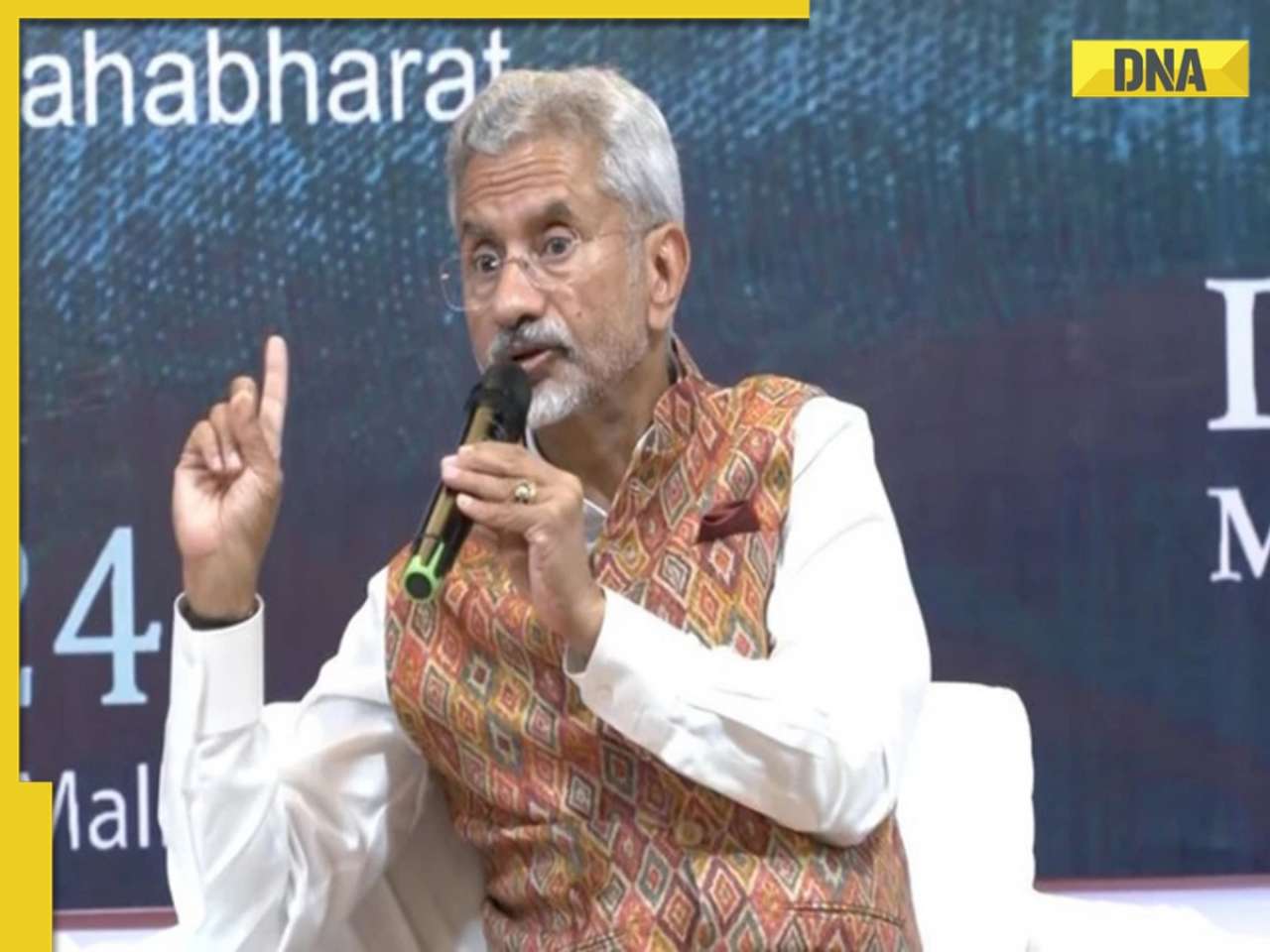





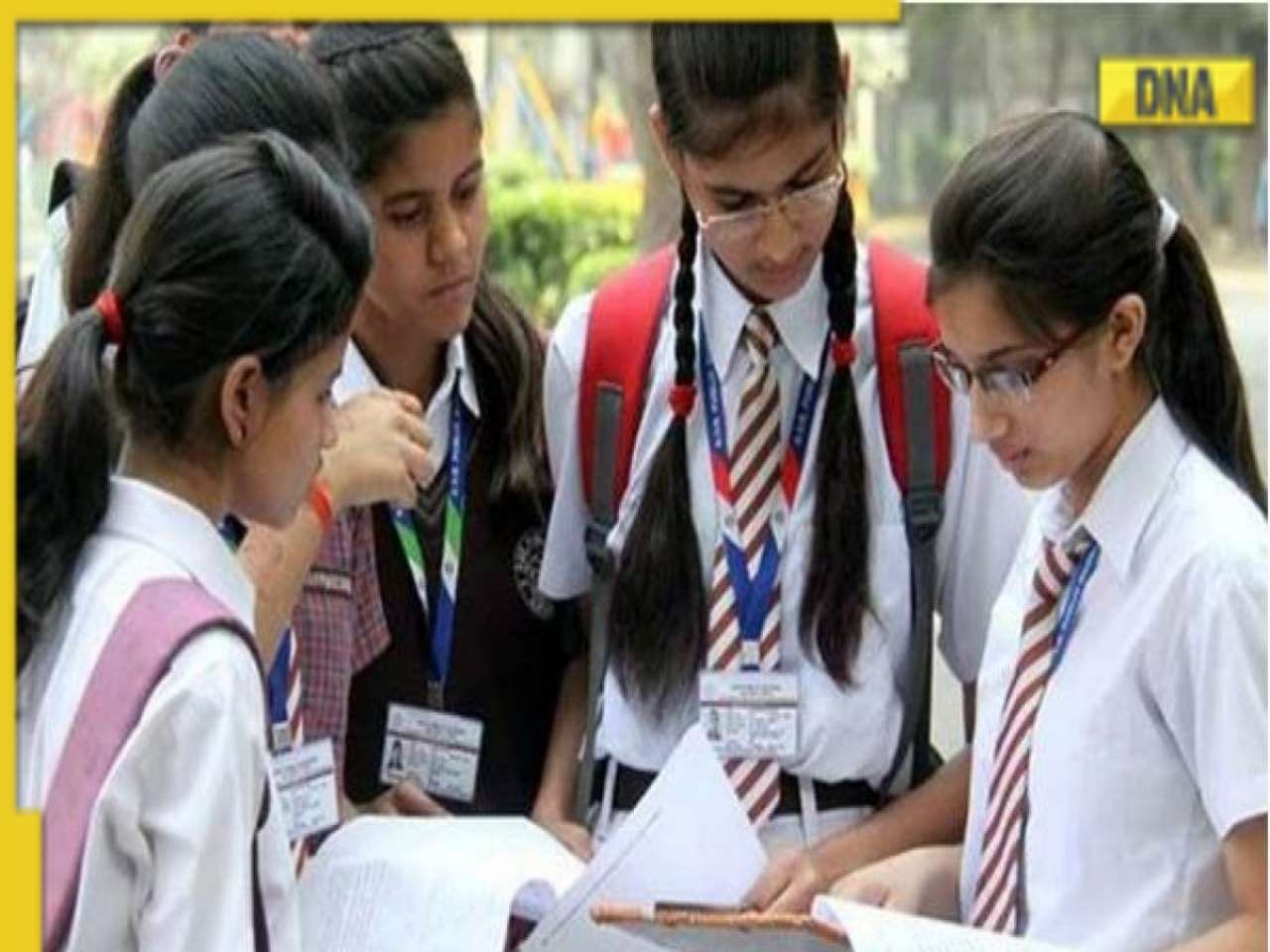
























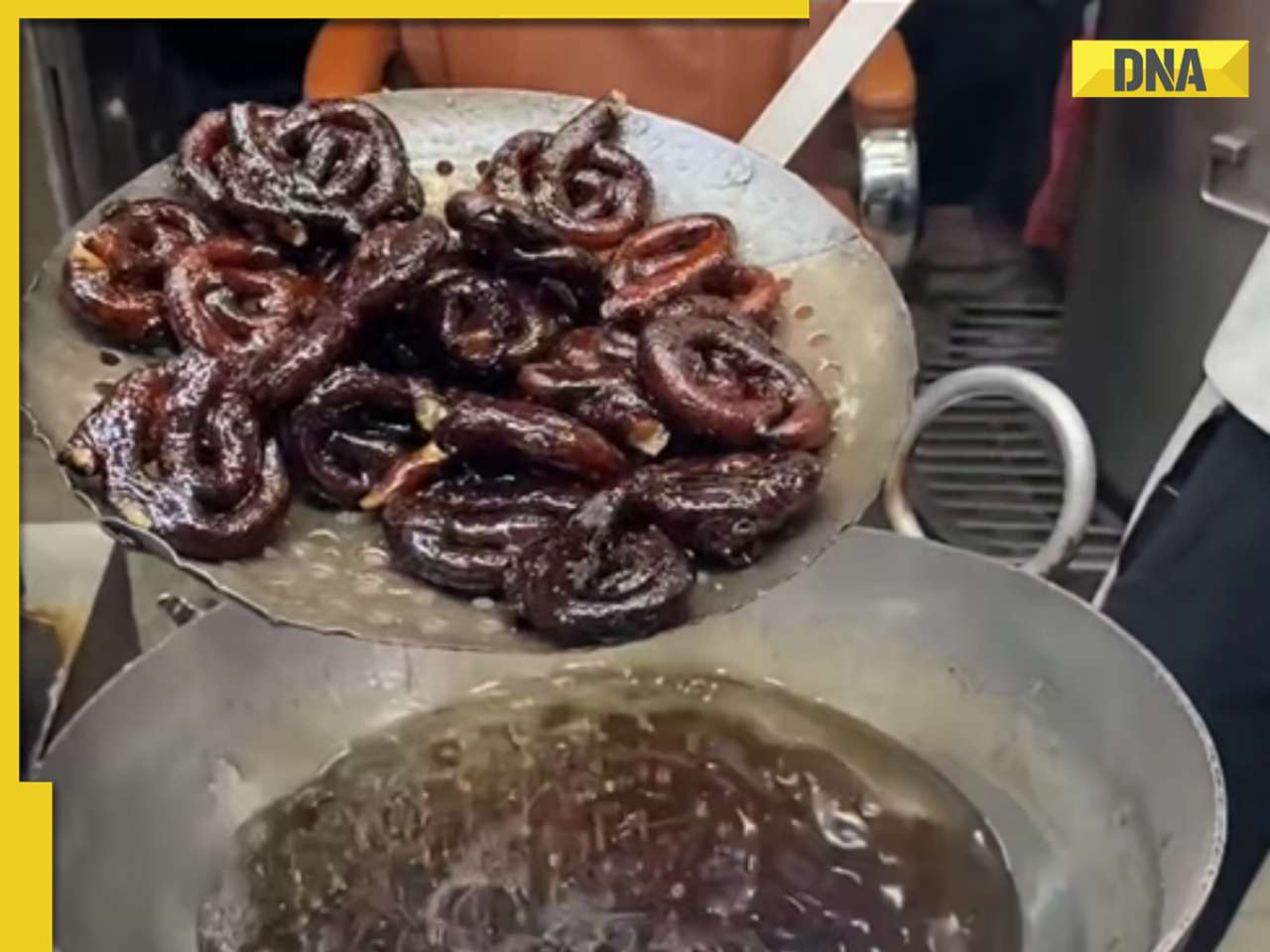







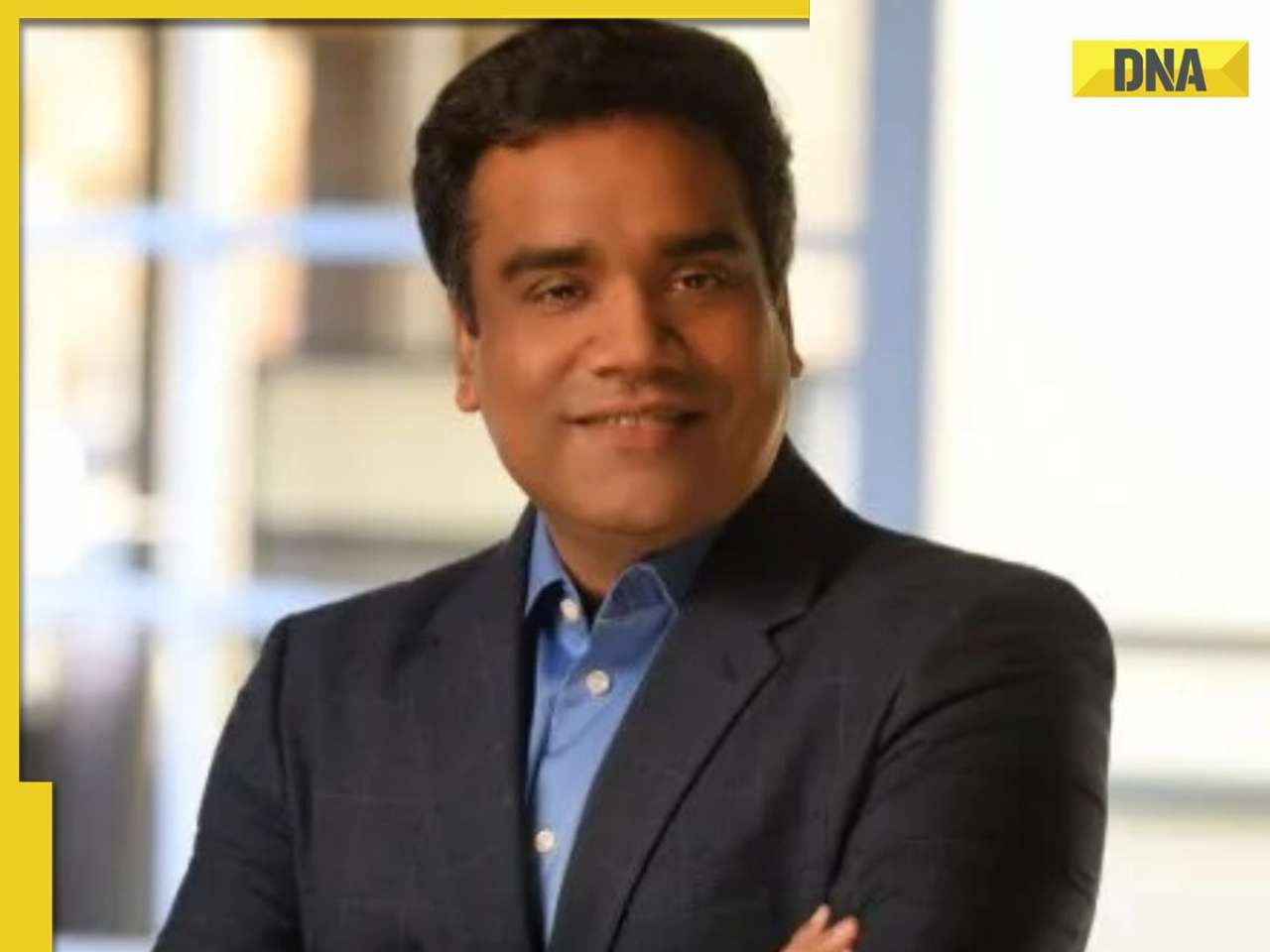
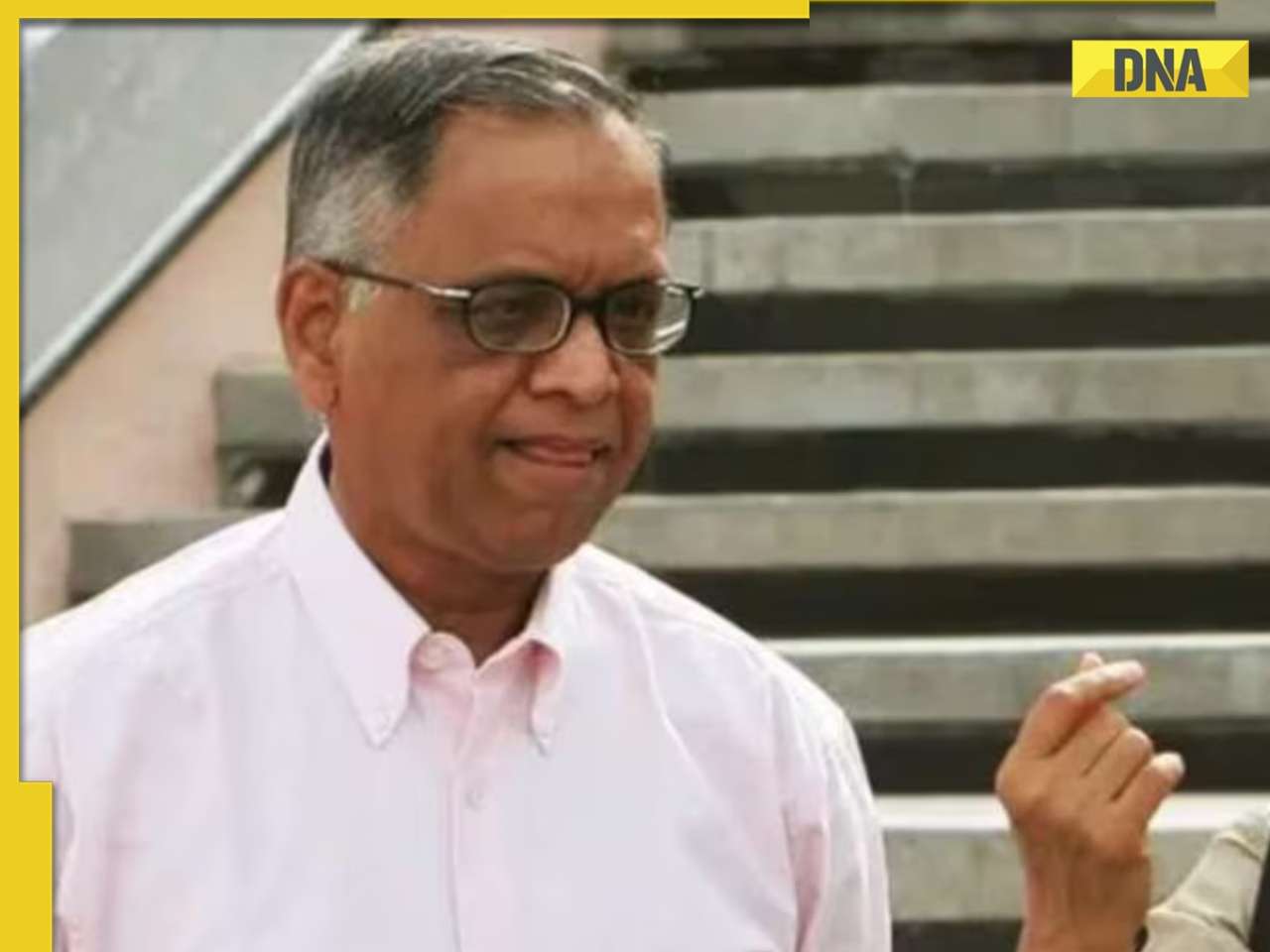









)
)
)
)
)
)